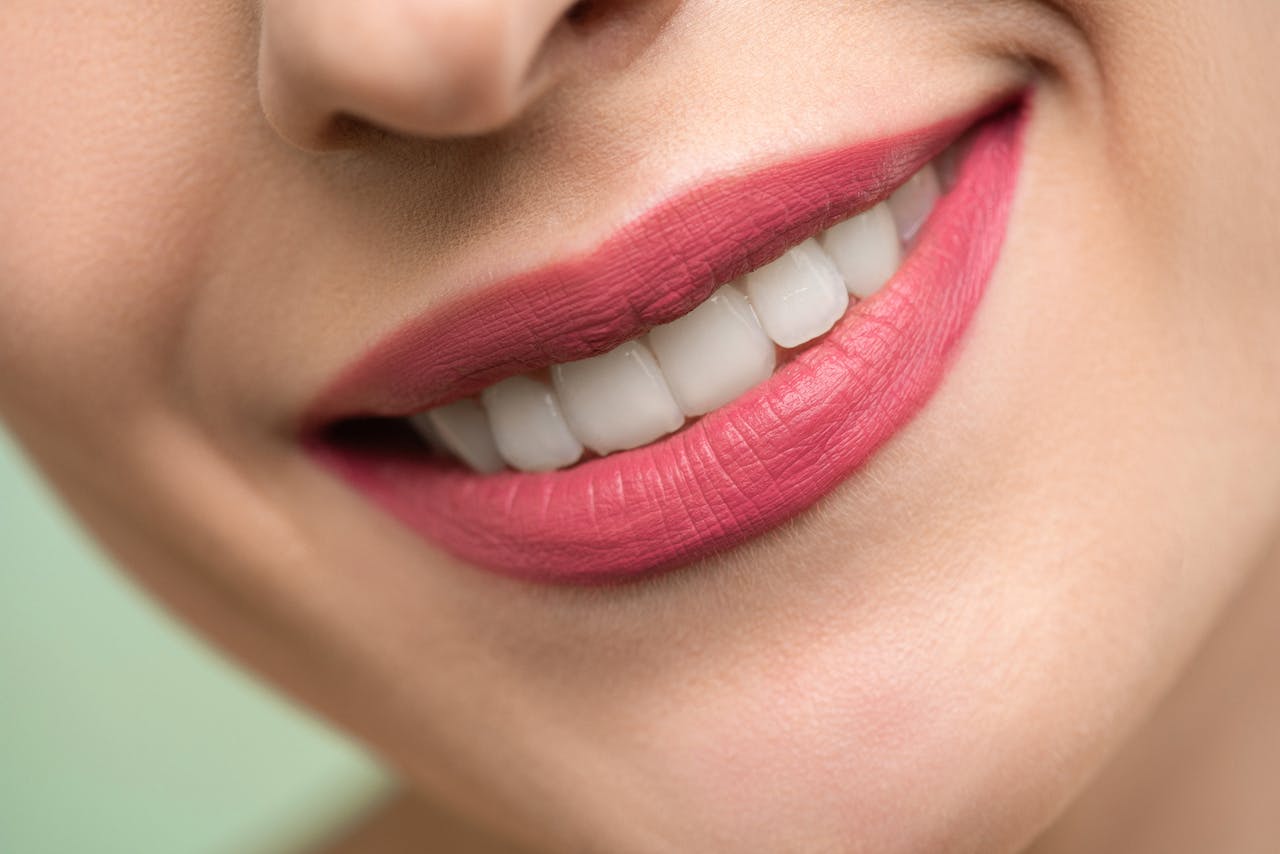Teeth whitening has become a widely sought-after cosmetic procedure, promising a brighter, more attractive smile that enhances confidence. Despite its popularity, many individuals approach teeth whitening with apprehension, primarily concerned about whether the process is accompanied by pain.
This introductory exploration aims to shed light on the reality of teeth whitening procedures, distinguishing between professional treatments and at-home kits and addressing the underlying question: Does teeth whitening hurt?
By delving into the mechanics of how whitening agents act on tooth enamel and the factors that influence sensitivity, this article seeks to offer clarity and reassurance to those considering teeth whitening. Understanding the balance between achieving aesthetic desires and maintaining oral health is essential, and here, we embark on a journey to demystify the experiences associated with teeth whitening, guiding you toward making an informed decision that aligns with your comfort and dental well-being.
How Do Teeth Whitening Treatments Work?
Most at-home and professional teeth whitening treatments use a bleaching agent like hydrogen peroxide. Hydrogen peroxide is a safe, FDA-approved chemical agent that removes various surface stains from your enamel.
A tray or strip containing a special whitening gel made with hydrogen peroxide is applied to the teeth and covered with protective material. It is left in place for one or two hours, depending on how intense a whitening effect you desire.
The bleaching tray or strip is removed when the application time has elapsed. You can rinse your mouth with water to clean any leftover gel from the teeth.
Over-the-Counter Products
- Whitening Toothpaste and Mouthwashes: These products contain mild abrasives and chemicals that can remove some surface stains. They are the least expensive options but also offer the most subtle results.
- Whitening Strips and Gels: These products contain peroxide-based bleaching agents applied directly to the teeth. They are more affordable than professional treatments but may not provide as dramatic results.
Risks and Limitations
- Sensitivity: Some people may experience increased tooth sensitivity to cold during or after whitening.
- Gum Irritation: Over-the-counter whitening products can irritate the gum tissue, mainly if not used as directed.
- Not for Everyone: Whitening treatments are ineffective on dental restorations such as crowns, veneers, or fillings and may not be recommended for people with extremely dark stains or tooth decay.
How to Reduce Pain and Sensitivity
Reducing pain and sensitivity during and after teeth whitening is crucial for a comfortable experience and can be achieved through several preventative and post-treatment strategies. Before embarking on a whitening regimen, consider using sensitive toothpaste for a few weeks to fortify your teeth against potential discomfort.
During the treatment phase, whether at home or professionally administered, adhering to product instructions meticulously can prevent overexposure to whitening agents, often a culprit behind increased sensitivity. Post-treatment care is equally important; avoiding extreme temperatures in foods and beverages can help minimize discomfort. Additionally:
- Opt for whitening products with lower concentrations of bleaching agents if you’re known to have sensitive teeth.
- Follow up your whitening session with the application of fluoride treatments or use desensitizing gels recommended by dental professionals to help soothe and protect your enamel.
- Maintain a good oral hygiene routine to prevent gum recession, which can exacerbate sensitivity issues.
- Schedule whitening sessions judiciously, allowing ample time between treatments to reduce the risk of cumulative sensitivity.
By incorporating these practices, individuals can significantly diminish discomfort and sensitivity, making teeth whitening a more pleasant experience. Consulting with a dentist prior to starting any whitening treatment is advisable to tailor the approach to your specific dental health needs and sensitivity levels.
Factors That Influence Sensitivity and Pain
Several factors can influence the level of sensitivity and pain experienced during and after teeth whitening procedures, making it important to understand these variables for a more comfortable whitening journey. The condition of an individual’s dental health plays a pivotal role; pre-existing issues such as gum disease, tooth decay, or exposed roots can heighten sensitivity to whitening agents. The type and concentration of bleaching agents used are also crucial factors. Higher concentrations of peroxide-based agents tend to increase the likelihood of sensitivity, as does the duration of exposure during the whitening process. Moreover:
- The whitening method (professional in-office treatments vs. at-home kits) can affect sensitivity levels, with professional treatments often offering more controlled application and potentially less irritation.
- Individual tolerance to pain and sensitivity varies widely, influenced by factors such as age, dental hygiene habits, and genetic predisposition to sensitive teeth.
- The frequency of whitening treatments can accumulate effects on sensitivity; more frequent treatments may increase discomfort over time.
Understanding these factors allows individuals to better prepare for and manage sensitivity associated with teeth whitening. Taking preventive measures, such as addressing dental issues before beginning whitening treatments and choosing appropriate whitening methods and products, can significantly mitigate pain and ensure a more positive whitening experience.
If you are still anxious about the procedure, you can book an appointment with Dr. Michael Nussbaum at 360 Dental Care for a comfortable experience. He uses the Glo-Science whitening system, the best teeth whitening service in Austin, TX.
Conclusion
In conclusion, while teeth whitening offers the appealing prospect of a brighter smile, it is accompanied by concerns regarding pain and sensitivity that cannot be overlooked. However, one can navigate the whitening process with more confidence and less apprehension by understanding the factors contributing to discomfort, such as the type and concentration of whitening agents, pre-existing dental conditions, and individual sensitivity levels.
Adopting preventative measures, such as using sensitive toothpaste and selecting treatments suited to your dental health, alongside post-treatment care, can significantly enhance your whitening experience. Maintaining realistic expectations and consulting with dental professionals to tailor the whitening approach to your specific needs is essential. Teeth whitening can be a safe and effective way to achieve the desired aesthetic results, provided that it is approached with care and informed consideration.


